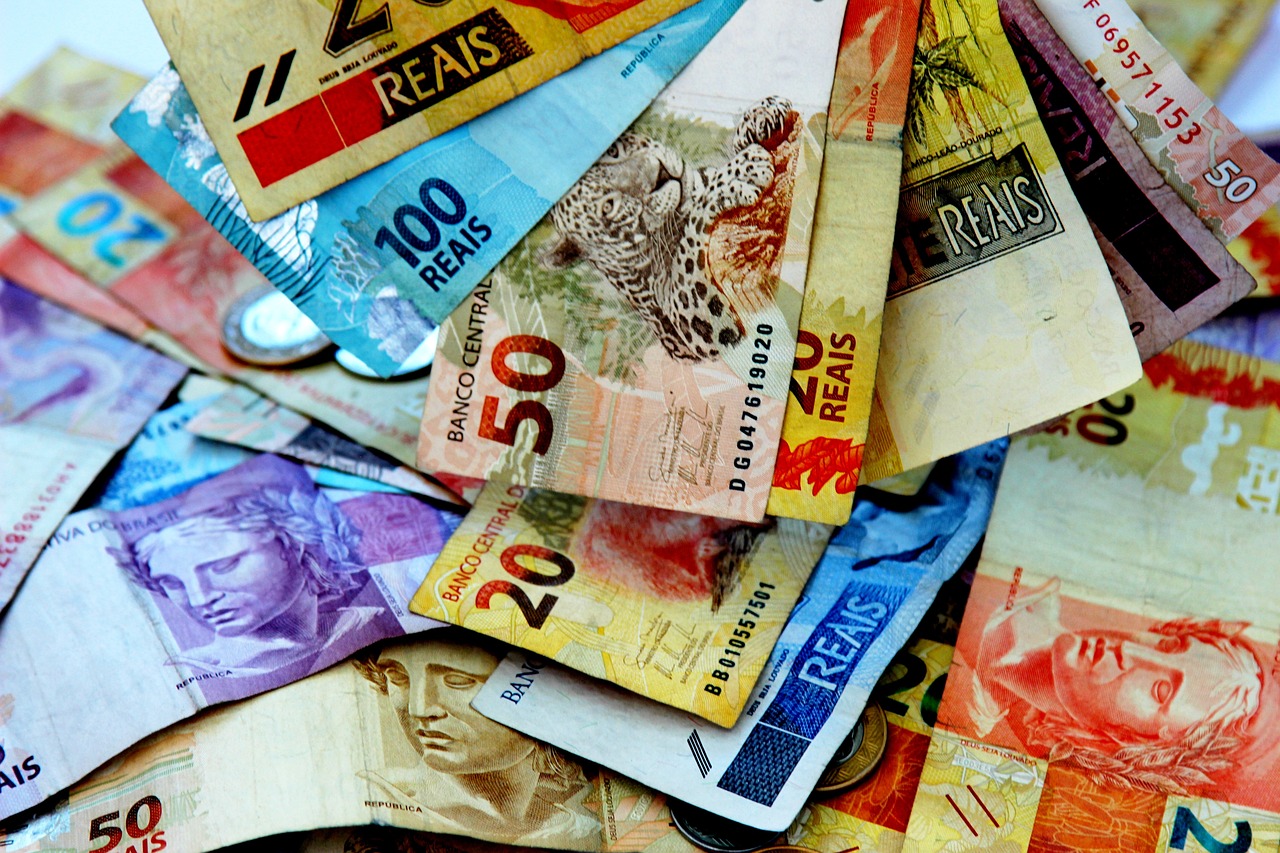All You Need to Know About Sending Money with a Checking Account
GPT_Global - 2023-11-07 03:30:02.0 319
Does the recipient need to have a checking account to receive money sent from my checking account?
Sending money to a loved one has never been easier. With remittance services, you can quickly and securely transfer funds from your checking account to the recipient’s in no time. But does the recipient need to have a checking account for the transferring of money?
The answer is usually no. Most remittance service providers support other types of accounts such as savings accounts, prepaid debit cards, and mobile money accounts. However, it is important to note that some services may require the recipient to have a checking account or other type of bank account.
If the recipient does not have a checking account, you can still complete the money transfer. Some services offer cash-pickup options where the recipient can pick up their funds from an agent location. Other services offer mobile money transfers, which allow recipients without bank accounts to receive money through their phones.
The process of sending money from your checking account to the recipient is simple and secure. Be sure to research the various services available to determine which one fits your needs best. Additionally, be sure to thoroughly read the terms and conditions of the remittance service before completing any transactions.

How much time needs to pass before the money is received when sending money via checking account?
Sending money via checking account is an easy, fast and cheap way to get money to its destination. But how much time needs to pass before the money is received? Generally, when sending money via checking account, within a few business days you will receive your funds.
Depending on the type of transfer used, the amount of time needed to receive funds can vary. Generally, when you request a wire or ACH (automated clearing house) transfer, it may take one to two business days for the funds to arrive, which is usually the quickest option. With a check it can take up to three to five business days or longer.
To ensure that your money arrives quickly and safely, be sure to double-check the details of the transaction, including the routing numbers and account numbers, are accurate. Also, provide all the necessary information about the recipient. If the information is not correct or incomplete, it can delay the arrival of your funds.
When sending money via checking account, depending on the type of transfer used, it can take one to two business days for the funds to arrive. To ensure a smooth and speedy transaction, always verify that your details are accurate and provide the necessary information about the recipient.
Is there a minimum or maximum amount of money I can send using my checking account?
Sending money from your checking account can be a convenient and secure way to remit funds to friends or family abroad. But is there a limit to how much you can send?
The answer depends on your bank’s policies, but most financial institutions have minimum and maximum limits when it comes to transferring money from your checking account. Generally, the minimum amount you can send ranges from $1 to $50, depending on the payment provider. The maximum amount you can send may vary, with some banks allowing remittances of up to $10,000 or more.
For larger payments, there are additional methods that may be recommended by your financial institution, such as wire transfers or ACH (Automated Clearing House) Services, depending on the country of destination. It's important to check with your bank in order to determine which type of payments are allowable and to ensure any applicable fees are included in the total remittance amount.
When making international payments, another important factor to consider is the exchange rate. Exchange rates can fluctuate quickly and significantly, so it’s important to compare real-time rates from a variety of providers in order to maximize the value of the remittance. Many banks and payment services offer competitive rates with minimal fees, making them ideal for sending funds overseas.
Overall, the maximum and minimum amounts of money you can send with your checking account depend on the payment provider and the country of destination. Be sure to do your research and compare different options, exchange rates, and fees to make sure you make the most informed decision for your remittance needs.
What happens to the money if the recipient doesn't receive it when sent via a checking account?
Are you sending money to someone and not sure what happens if they don't receive it? Sending money through a checking account is one of the most secure and cost-effective ways of transferring funds. But what happens when a recipient does not receive the money?
The answer depends on the remittance service you use. Generally, when you send money through a checking account to a recipient, the funds will go into the recipient's bank account. However, if the recipient is not able to access their account, the funds will remain in your account until the recipient claims them.
In some cases, the issue may be that the recipient's account has been closed or suspended due to fraudulent activity. If this is the case, you may need to contact your remittance service provider to discuss potential solutions. If the issue is due to an issue with the remitter’s account, such as incorrect information or a lack of sufficient funds, then it may be necessary to contact the recipient’s financial institution in order to resolve the problem.
It’s important to be aware of the timeline for claiming the money. Different remittance services have different policies regarding when funds can be claimed. It’s also important to note that fees may be incurred for transfers or claims, depending on the service used. It’s best to check with your remittance service provider to make sure you know the timeline and fee structure for your specific transaction.
When sending money via a checking account, it’s essential that the funds arrive at their intended recipient. But if the recipient doesn’t receive the money, understanding the potential issues is key to resolving the problem and ensuring the money reaches its destination.
Are there any restrictions on the types of currencies I can send using my checking account?
Sending money from one country to another can be a difficult and costly endeavor. Fortunately, with the availability of digital remittance services it is now possible to safely and conveniently transfer funds across international borders with greater ease. However, most services do impose restrictions on the types of currencies that can be sent using a checking account.
Generally speaking, it's best to contact your digital remittance service provider directly regarding the currency types they accept. As many digital remittance services cater to specific regions, they often have limitations on what currencies they are legally allowed to accept. Also, some providers will only accept certain types of payment or may charge additional fees for certain transactions.
When conducting an international remittance transaction, it's important to make sure you are dealing with a reputable provider. There are some unscrupulous actors that will take advantage of unsuspecting customers by charging exorbitant fees or offering unsecured payment systems. Be sure to research your provider thoroughly before agreeing to any type of transaction.
In addition, there may be restrictions in place that could prevent you from sending certain currencies. For example, many countries limit the amount of money that can be sent internationally and may have certain restrictions in place to protect their citizens. It’s important to familiarize yourself with the laws and regulations surrounding foreign exchange transactions before attempting to send any money.
By understanding the different restrictions regarding the types of currencies that can be sent using a checking account, customers can ensure that their remittance experience is safe, secure, and cost-effective. Knowing the right questions to ask and doing your homework ahead of time can help to ensure peace of mind when conducting international remittances.
What should I do if I experience a problem when sending money using my checking account?
Sending money using a checking account can have its own set of complications. Whether you're sending money overseas, paying bills online or transferring money between accounts, it's important to know what to do if you experience a problem.
If you run into any issues when processing payments, the best things to do is to contact the payment provider or bank first. They should be able to help you sort through any technical difficulties or other issues. You can also ask them for advice on how to avoid similar problems in the future.
If you're having difficulties sending remittances through your checking account, however, you may need to consider using an alternative service. Remittance services provide customers with quick and secure money transfers, often at better rates than traditional methods. With services like this, you'll be able to easily manage and monitor all your transactions from start to finish.
Don't be afraid to contact customer service or your bank if you are having difficulty when sending money. With the right advice and tools, you can make sure your transactions go as smoothly as possible, no matter the circumstance.
How do I know that the money sent through my checking account has been safely securely transmitted?
When sending money via checking account, you want to be sure that your funds arrive securely and safely. Fortunately, there are a few steps you can take to make sure your money is transmitted securely.
First, you should ensure that you are working with a reputable remittance business. Look for customer reviews and ratings, as these will give you a good idea of the company’s reputation. It’s also important to make sure the company is regulated by the appropriate authorities. That way, you know your money is safe and secure.
Second, keep track of your transactions and ensure that your funds have been sent successfully. Most remittance businesses offer tracking tools that allow you to see when your money has been transferred. This helps you confirm that your money was received and securely transmitted.
Finally, when it is time to transfer money, make sure to double-check all the details to ensure accuracy. This includes double-checking the amount, the recipient’s name and bank information, and other relevant information. By doing this, you can avoid any potential errors that may cause your money to be sent incorrectly.
By following these steps, you can easily ensure that your money is securely and safely transmitted through your checking account. If you have any further questions, don't hesitate to reach out to your remittance business. They will be happy to help you with your money transfer needs.
About Panda Remit
Panda Remit is committed to providing global users with more convenient, safe, reliable, and affordable online cross-border remittance services。
International remittance services from more than 30 countries/regions around the world are now available: including Japan, Hong Kong, Europe, the United States, Australia, and other markets, and are recognized and trusted by millions of users around the world.
Visit Panda Remit Official Website or Download PandaRemit App, to learn more about remittance info.


